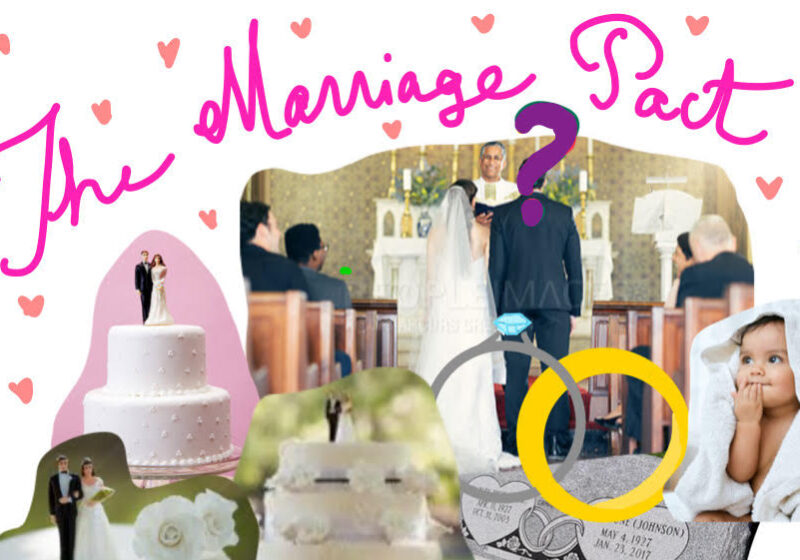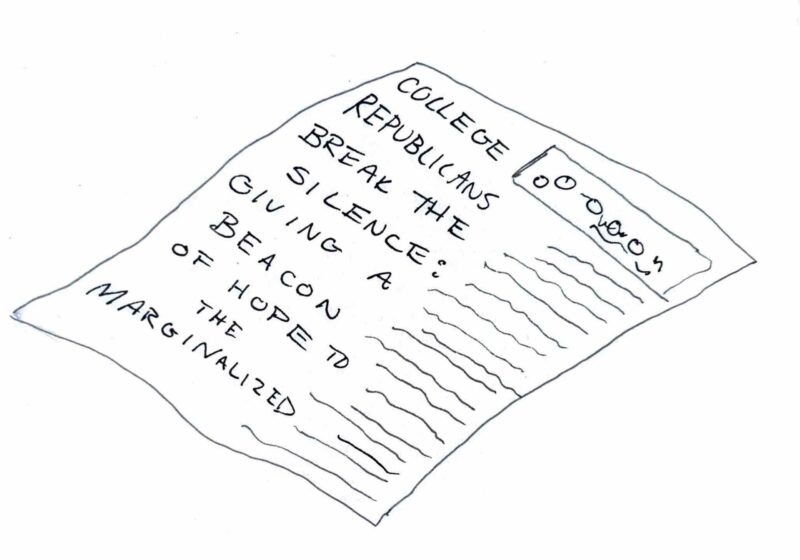by Todd Hildebrandt
Campus Times Staff
Even before they moved into the Freshman Quad, the Class of 2005 was already setting records here at UR.
Continuing a recent trend since the implementation of the Renaissance Plan, this year?s freshmen class has a better academic record than any that entered before it, scoring an average of 10 points higher on the SAT than the Class of 2004. Other academic indicators for the class increased across the board ? average GPA, class rank and average ACT all ending in record territory.
Since the implementation of the Renaissance Plan, the average SAT score of an entering UR freshman has increased 125 points ? from 1200 in 1994 to 1325 this year.
?I?m delighted,? Director of Undergraduate Admissions Jamie Hobba said when asked about the increase. ?This is a record year in terms of the quality of the entering students.?
Dean of The College William Green echoed Hobba?s statements.
?The quality of The College is continuing to rise,? he said. ?And, that?s reflected in the quality of applicant at UR.?
The average ACT score for the class was 29. The class had an average high school grade point average of 3.7 and 60 percent finished in the top 10 percent of their class.
?We?re just getting a better set of applicants to choose from,? he said. ?And we?re choosing the best from that pool.?
Of this year?s 9,581 appplicants, UR admitted 54 percent ? or 5,042 students ? to reach the current class size of 988. The numbers of applicants were off last year?s record of 10,080 applicants.
Hobba feels the numbers of applicants could be down for a number of reasons but felt the decrease was ?not significant,? emphasizing the continuing upward trend of applications to UR over the past 10 years.
He also noted 17 percent of the class enrolled early via UR?s binding early decision plan.
Historically underrepresented minority students constitute 10 percent of the Class of 2005. This is the third year in a row that underrepresented minorities make up at least 10 percent of the incoming freshmen class. Historically underrepresented minorities include African American, Hispanic, and Native American students.
Although 10 percent was never a stated goal by the administration, it was the number originally requested by the Minority Student Advisory Board in February 1999 when over 200 students staged a sit-in on the second floor of Wallis Hall to protest the treatment of minority students at UR.
Administration agreed at the time to meet the diversity standards of ?other schools of our caliber.?
And while the class is also regionally diverse, boasting members from all 50 states and many countries around the world, 50 percent still call New York state home.
?That is not unique to the admissions process,? Hobba said. ?Statistics say that 80 percent of students stay within four hours of home. We are actually a little better than that number.?
16 percent of the incoming freshman call the Middle Atlantic States home; 13 percent are from New England; nine percent are from the Midwest; five percent are from the West; three percent call are from the South; two percent are from the Southwest; and two percent are international.
Over 300 children of alumni applied for admittance to UR last year, with 71 percent of those applicants being accepted. UR enrolled 69 of those students.
Todd Hildebrandt can be reached at thildebrandt@campustimes.org.




